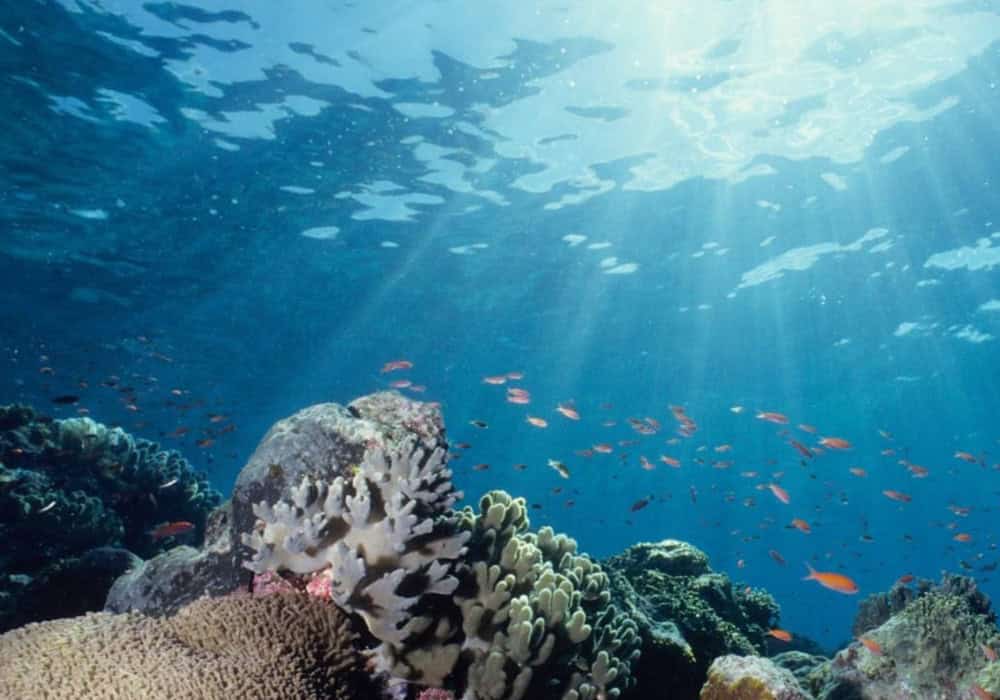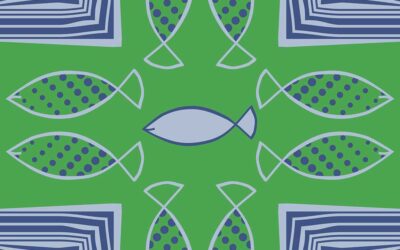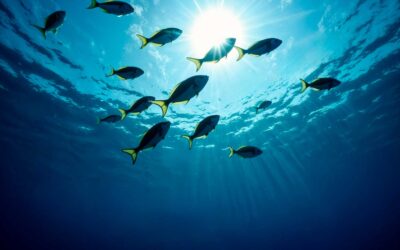
Aquaculture is a fast-growing global industry, with countries in South America taking the lead in both innovation and export growth. For nations such as Chile, Ecuador, and Brazil, aquaculture offers not just food security but also a significant economic opportunity. As Australia imports a growing volume of seafood products, understanding what has worked—and what hasn’t—in South American aquaculture can provide useful guidance for exporters aiming to succeed in this demanding market.
This article highlights several successful case studies in South America and outlines the lessons they offer for seafood producers eyeing opportunities in Australia.
Chile: From Salmon Farming Pioneer to Global Powerhouse
Chile is perhaps the most well-known aquaculture success story in South America. It has become the second-largest producer of farmed salmon in the world, after Norway.
Success Factors
- Strong government support through research, subsidies, and policy frameworks.
- Significant investment in infrastructure and hatchery technology.
- Adoption of international best practices in feed, disease control, and biosecurity.
- Vertical integration in large companies enabling full control of the supply chain.
Export Strategy to Australia
- Chilean salmon is a regular presence in Australian supermarkets and high-end restaurants.
- Exporters focus on frozen and vacuum-sealed products to maintain freshness.
- Compliance with Australian food safety regulations is strictly followed.
Lessons Learned
- Disease outbreaks in the 2000s (notably ISA virus) forced the industry to revise biosecurity protocols.
- Transparency and traceability became essential for maintaining international buyer trust.
- Quality assurance and certifications (e.g., ASC, BAP) are now non-negotiable for Australian importers.
Ecuador: The Shrimp Farming Giant of the Pacific Coast
Ecuador is the leading shrimp producer in Latin America and among the top three exporters globally. The country has leveraged its geographical advantages and farming know-how to create a booming industry.
Success Factors
- Use of low-density ponds and biosecurity systems to reduce disease risks.
- Shift from antibiotic reliance to probiotic-based systems.
- Strong private sector innovation, particularly in hatchery genetics and feed efficiency.
Export Strategy to Australia
- Ecuadorian shrimp enters the Australian market as frozen, peeled, and deveined product.
- Companies partner with Australian seafood distributors to understand consumer preferences.
- Emphasis is placed on sustainable sourcing and certifications to meet Australia’s strict import standards.
Lessons Learned
- Early overuse of antibiotics caused reputational harm in some export markets.
- Transitioning to sustainable and transparent practices improved market acceptance.
- Engagement with third-party auditing bodies helped gain access to new markets like Australia.
Brazil: Diversification and Domestic-Aided Growth
Brazil’s aquaculture sector is less export-focused but has shown promising growth, especially in tilapia farming. Brazilian companies are now exploring foreign markets, including Australia.
Success Factors
- Government-supported research in fish breeding and feed conversion ratios.
- Regional aquaculture clusters, especially in the southeast, promoting cooperation and efficiency.
- Strong domestic market helped producers scale operations before seeking exports.
Export Strategy to Australia
- Brazilian tilapia is gaining interest due to its mild flavour and competitive price.
- Processed fillets and ready-to-cook portions are targeted for the Australian retail sector.
- Collaborations with Australian distributors have helped navigate regulatory requirements.
Lessons Learned
- Limited early focus on exports delayed Brazil’s entry into high-value markets.
- Export documentation and traceability systems required major upgrades.
- Pilot projects with Australian partners helped test and refine product-market fit.
Peru: Scallops and the High-Value Niche Strategy
Peru’s aquaculture industry is smaller in volume but focused on high-value exports, especially scallops. The country has developed a strong reputation for quality and consistency in this niche segment.
Success Factors
- Ideal coastal conditions for shellfish farming.
- Focused investment in processing facilities and cold chain logistics.
- Long-standing trade relationships with buyers in North America and Asia.
Export Strategy to Australia
- Frozen half-shell scallops are the main product line.
- Premium positioning targets the hospitality and gourmet retail sectors.
- Certifications and strict batch testing ensure food safety compliance.
Lessons Learned
- A narrow product portfolio limits growth potential but helps with brand focus.
- Building long-term relationships with Australian distributors leads to stable sales.
- Lean operations help maintain profitability despite export-related costs.
Uruguay and Argentina: Small-Scale Innovation with Export Potential
These countries are relatively new players in aquaculture but are developing innovative systems, especially in freshwater aquaculture and value-added processing.
Success Factors
- Government support for pilot aquaculture projects.
- Academic partnerships promoting sustainable aquaculture methods.
- Focus on artisanal and eco-friendly practices as unique selling points.
Export Strategy to Australia
- Small-scale shipments of trout and mussels have begun targeting niche markets.
- Value-added products like smoked trout and marinated mussels are positioned as premium items.
- Participation in trade shows and food expos helps build visibility in Australia.
Lessons Learned
- Scale and logistics remain key challenges.
- Niche markets offer better returns but require consistent quality and branding.
- Learning from larger exporters in the region can accelerate progress.
Common Themes Across Success Stories
Although the aquaculture sectors vary by country and species, several themes emerge that are particularly relevant for South American exporters aiming to penetrate the Australian market.
Focus on Quality and Certification
- Certifications like ASC (Aquaculture Stewardship Council) and BAP (Best Aquaculture Practices) are often required by Australian buyers.
- Quality assurance systems help build trust and enable premium pricing.
Understanding Australian Consumer Preferences
- Australians are increasingly focused on sustainability, traceability, and health.
- Packaging formats (skin pack, vacuum-sealed) and clear labelling help products stand out.
- Convenience products (e.g., ready-to-cook, pre-seasoned) are popular.
Strategic Partnerships
- Working with experienced Australian distributors helps navigate regulations and logistics.
- Co-branding and joint marketing campaigns can help new entrants gain traction.
- Local partnerships also support compliance with biosecurity and labelling requirements.
Cold Chain and Logistics Excellence
- Efficient cold chain logistics are vital due to Australia’s geographic isolation.
- Exporters who invest in refrigerated storage, rapid freezing, and tight shipping schedules have a clear advantage.
- Air freight for premium products and sea freight for bulk shipments should be evaluated carefully.
Learning from Setbacks
- Disease outbreaks, product recalls, and regulatory hurdles are common risks.
- Companies that adapt quickly and improve transparency often recover and grow stronger.
- Sharing knowledge across borders and industries boosts regional competitiveness.
Final Thoughts
South America’s aquaculture industry has made remarkable progress in recent years, proving that success is possible even with modest beginnings. Countries like Chile and Ecuador have shown what’s possible with vision, investment, and a strong export mindset. Meanwhile, countries like Brazil and Peru are tapping into the value of niche markets and strategic diversification.
For South American exporters looking to enter or expand in Australia, the key is to learn from these case studies. Focusing on quality, partnerships, sustainability, and logistics can make the difference between a short-term shipment and a long-term market presence.
With the right approach, South America’s aquaculture leaders—and even its rising stars—can find a welcome place on Australian tables
.
.



